Facing an emergency can be less daunting when you have a well-equipped first aid kit at your disposal. Having one is a crucial component for handling minor injuries or stabilizing more serious conditions until professional medical assistance is available. Whether it’s a scraped knee at home, a sprained ankle on a hiking trail, or a sudden allergic reaction, the right supplies in your first aid kit can make a significant difference in the outcome. This guide is meticulously designed to walk you through the essentials of assembling a comprehensive first-aid kit tailored to your lifestyle and needs. It aims to provide you with the knowledge and confidence to prepare for almost any situation, ensuring you and your loved ones remain safe and well-cared for in times of need.
Contents
Understanding Your Needs
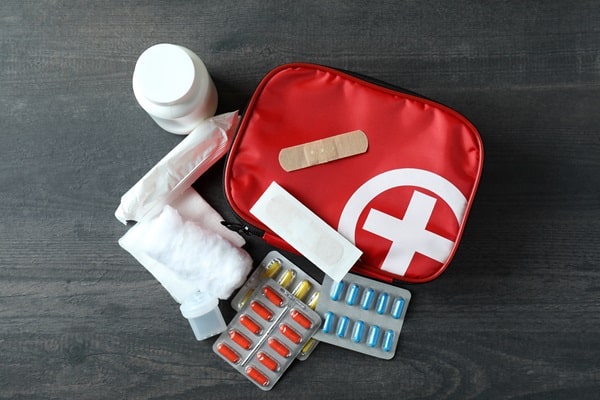
A truly effective first aid kit is one that reflects the specific needs of its users, taking into account their daily activities, health conditions, and potential risks. For instance, a kit for a family with young children might include liquid pain relievers, fever reducers, and colorful bandages to make the treatment process less intimidating for a child. If outdoor adventures are part of your lifestyle, items like blister plasters, insect sting relief pads, and a snake bite kit could be invaluable. Assessing the environments you frequent and the unique health considerations of those around you is the first step in customizing a first aid kit that offers both peace of mind and practical solutions.
Furthermore, consider the size and portability of your kit based on its intended use. A compact, lightweight kit is ideal for personal carry during outdoor activities, while a more extensive kit may be suitable for the home or car. You should also think about the most likely scenarios in which you might need to use the kit, including the kinds of injuries or ailments that could occur. This thoughtful approach ensures that your first aid kit is not just a collection of items but a well-prepared resource ready to address your specific needs.
Basic Components of a First Aid Kit
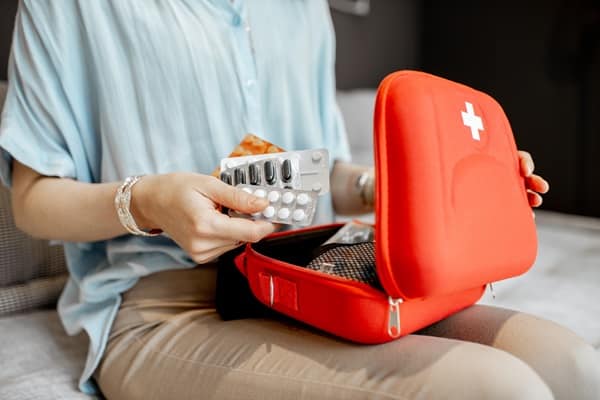
At the heart of every first aid kit are its basic components, essential for addressing common injuries such as cuts, scrapes, bruises, and minor burns. These include a variety of adhesive bandages, sterile gauze pads, adhesive tape, and antiseptic wipes or creams for wound cleaning. Ensuring a generous supply of these items is crucial, as they are often the first to be used in treating injuries. Each item serves a fundamental role in the healing process, from protecting wounds from infection to securing dressings in place.
Quality and durability are key when selecting these basic items. For instance, waterproof bandages and hypoallergenic tapes ensure protection under various conditions and minimize the risk of allergic reactions. Additionally, including items like elastic bandages and cold packs can aid in treating sprains and reducing swelling. Regular inspection of these supplies for expiration dates and damage not only maintains the readiness of your kit but also reinforces its reliability in every situation.
Medications to Include
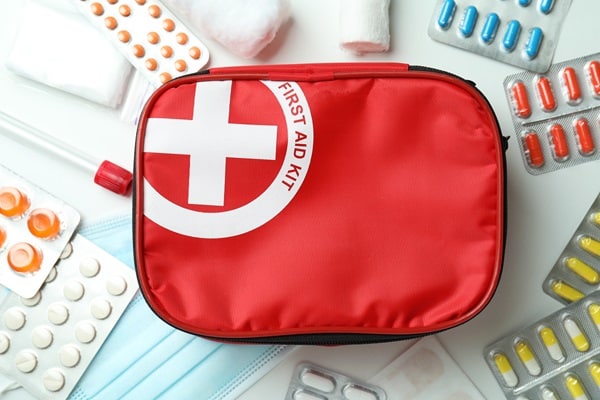
Beyond treating physical injuries, a comprehensive first aid kit includes a selection of medications to address symptoms of common ailments and conditions. Pain relievers such as acetaminophen, ibuprofen, and aspirin are essential for managing pain and fever, while antihistamines can provide relief from allergic reactions. Including antacids and anti-diarrhea medications can alleviate digestive issues, ensuring you’re prepared for a wide range of health complaints.
When stocking your kit with medications, consider the needs of those who might use them, including any known allergies or health conditions. It’s also crucial to store medications in their original packaging whenever possible, as this keeps important dosage information and expiration dates accessible. Regularly review and rotate these medications to ensure they remain safe and effective. This thoughtful approach to selecting and maintaining the medications in your first aid kit can significantly enhance its utility and effectiveness in managing health-related emergencies.
Tools and Supplies
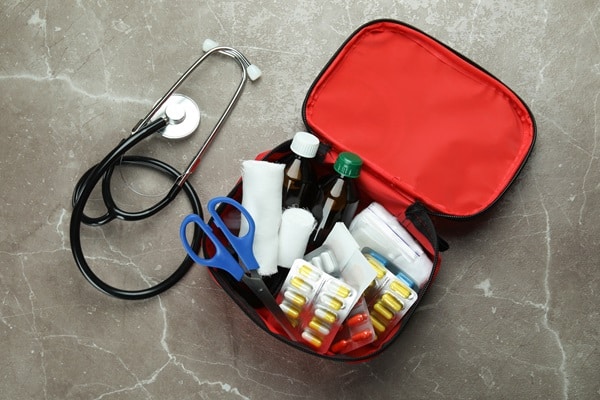
In addition to medical supplies, your first aid kit should be equipped with tools and supplies that can prove indispensable in various scenarios. Scissors, for instance, are essential for cutting tape, bandages, or clothing around an injury, while tweezers can be used for removing splinters or debris from wounds. Including a pair of disposable gloves in your kit is also crucial for maintaining hygiene and preventing the transmission of infections during the treatment process. A digital thermometer should be considered a must-have tool to accurately assess body temperature, which can be vital in determining the severity of an illness or injury.
Moreover, for those unexpected situations where visibility is low, including a small flashlight or headlamp can make a significant difference. Not only does it assist in providing care during power outages or nighttime emergencies, but it can also be used to signal for help if necessary. A whistle is another simple yet effective tool for drawing attention in case of distress, especially in outdoor settings. Ensuring these tools are compact, durable, and easily accessible within your kit will enhance your ability to respond effectively to emergencies.
Customizing Your Kit for Specific Conditions
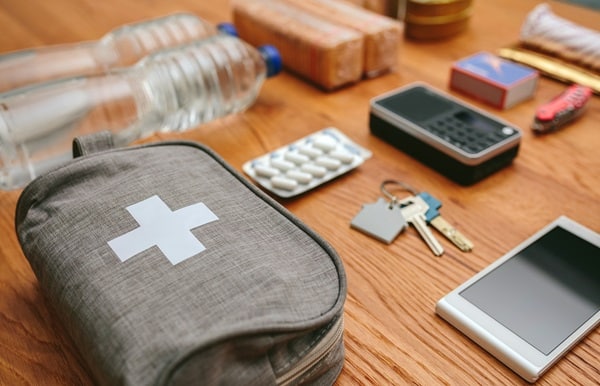
Tailoring your first aid kit to include items for specific medical conditions or scenarios can drastically improve its effectiveness. For individuals with chronic conditions such as asthma or diabetes, incorporating prescription medications, an extra inhaler, or a blood glucose monitoring device can be lifesaving in an emergency. Likewise, if you or your loved ones have severe allergies, ensuring that an epinephrine auto-injector (EpiPen) is part of your kit is essential. This level of customization requires an understanding of the medical needs of those who might use the kit, as well as regular communication with healthcare providers to keep these items up-to-date.
For those who frequently engage in specific activities such as hiking, camping, or water sports, adding specialized items like water purification tablets, a thermal blanket, or even a high-visibility vest can enhance safety in these environments. Consider the unique risks associated with your hobbies or occupation, and adapt your first aid kit accordingly. For example, adding a tick removal tool can be crucial for forest hikers, while aloe vera gel might be a staple for beachgoers to treat sunburn. This customization ensures that your first aid kit is not just a generic collection of supplies but a comprehensive resource tailored to your lifestyle.
Organization and Maintenance
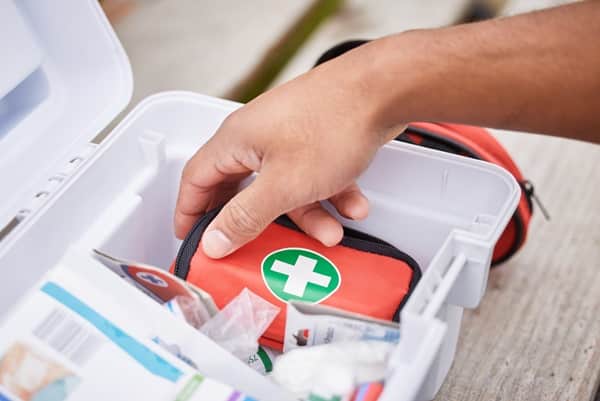
Keeping your first aid kit organized is vital to ensuring that you can quickly find what you need in an emergency. Use clear, waterproof bags or compartments to separate items by type (e.g., medications, bandages, tools) and label them clearly. This not only saves valuable time when treating injuries but also helps in maintaining an inventory of your supplies, making it easier to identify when items need to be replenished or replaced. Regularly review the contents of your kit, paying special attention to expiration dates on medications and sterile items.
Maintenance of your first aid kit is an ongoing process. Schedule semi-annual reviews of your kit to check the condition of supplies and update items as needed. Consider changes in your family’s medical needs, activities, or living situation that might require adjustments to your kit. For example, if you’re planning a trip abroad, you might need to add travel-specific items such as motion sickness medication or vaccines. An up-to-date, well-maintained first aid kit is an invaluable asset in keeping you and your loved ones safe.
Training and Knowledge
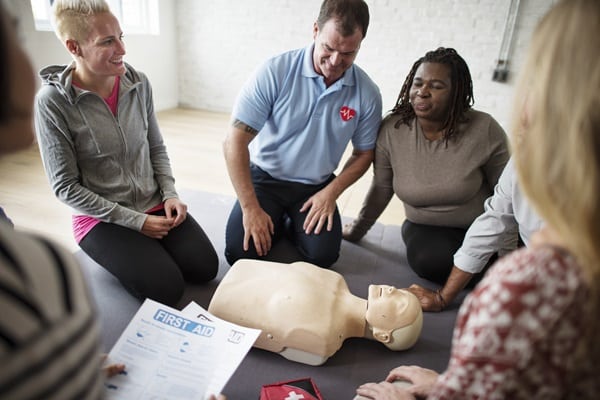
Possessing a well-stocked first aid kit is just the first step; knowing how to use it effectively is equally important. Basic first aid and CPR training can equip you with the skills to respond confidently to a wide range of emergencies. Many organizations offer courses that cover the essentials, from treating wounds and managing sprains to performing lifesaving CPR. Investing time in acquiring these skills can significantly improve the outcome of an emergency situation.
Furthermore, keeping a first aid manual or guide in your kit can be an invaluable reference, especially under stress. These guides provide step-by-step instructions on how to treat common injuries and can be a quick reference in situations where you’re unsure how to proceed. Encourage family members and close friends to familiarize themselves with basic first aid practices. Sharing knowledge and skills within your community enhances the safety and preparedness of everyone involved.
The Ultimate Guide to Crafting Your Safety Net
Assembling and maintaining a first aid kit tailored to your specific needs is a proactive step toward ensuring safety and preparedness for yourself and those around you. With the right tools, supplies, and knowledge, you can confidently face unexpected situations. Remember, the value of a first aid kit extends beyond the items it contains—it embodies your commitment to health, safety, and readiness in facing life’s unforeseen challenges. Let your first aid kit be a testament to your care and preparedness in every walk of life.


